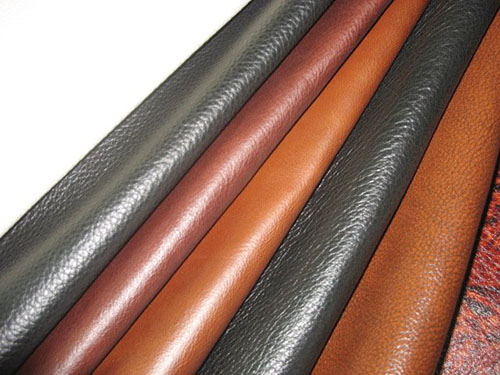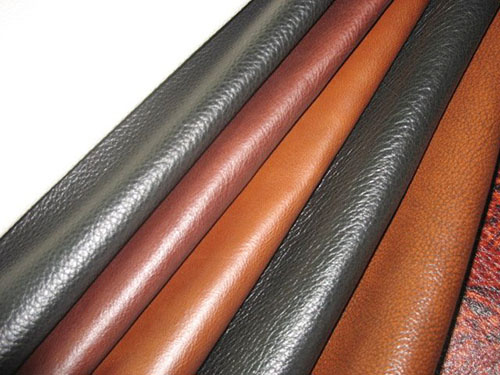
With the development of social science and technology, artificial leather technology has become more mature, and the quality of products has been greatly improved. Especially in the aspect of artificial leather, it can be fake and real. It is similar to natural leather in many aspects such as breathability, flexibility, feel and appearance, but the price But it is much lower than natural leather. Therefore, in order to improve our ability to distinguish, some simple and direct methods are introduced for reference.
Visual identification method:
First of all, it should be distinguished from the leather pattern and pores. The surface of real leather has clear pores and patterns. Yellow cowhide has relatively well-proportioned fine pores, yak skin has thicker and sparse pores, and goat skin has fish-scale pores. Pork skin pores are round and thick, arranged in triangles. The patterns and pores distributed on the surface of these natural leathers do exist, and they are unevenly distributed. There are animal fibers on the reverse side, and the side section is clearly distinguishable. There are animal fibers on the lower layer. If you try to scratch with your fingernails, the leather fibers will be upright. It feels like velvet, a small amount of fiber can also fall down, while the fabric can be seen on the reverse side of the artificial leather. There is no animal fiber on the side. Generally, the epidermis has no pores, but some have artificial leather and artificial pores. Obviously, or there are more regular artificial patterns, and the pores are quite consistent.
Hand feel identification method:
Touch the surface of the leather with your hand, it feels smooth, soft, plump, and elastic; while the surface of general artificial leather is astringent, rigid, and poor in flexibility. If the front of the leather is bent down about 90 degrees, natural wrinkles will appear, and they will be bent separately. There are obvious unevenness in the thickness and number of folds produced in different parts. It can basically be considered as real leather. Because real leather has a natural uneven fiber structure, the performance of the formed wrinkles is also obviously uneven. . The artificial leather feels like plastic, with poor recovery, and the thickness of the folds are similar to each other.
Odor identification method:

Genuine leather has a strong fur smell, even after treatment, the taste is more obvious, while artificial leather products have a smell of plastic, no fur.
Combustion identification method:
It is distinguished by smelling the smell of burnt and looking at the state of ashes. When the leather is burned, it will emit a scorched smell. The burned ashes are generally fragile into powder. After the artificial leather is burned, the flame is also strong and shrinks rapidly. There is an unpleasant smell of plastic, sticky when heated, and become hard and lumpy when cooled.
It can even reach the level of "truth". This requires careful identification and selection. Generally speaking, imitation leather is processed by applying chemical raw materials to fabrics. The appearance and feel of imitation cowhide are exactly like cowhide; the appearance and feel of imitation sheepskin are exactly like sheepskin, and the leather surface is shiny. However, there are no pores on the leather surface, and the bottom plate is not animal skin. If you squeeze it hard, the leather surface will not fold, and it can still be distinguished from animal skin. However, there are also microporous film-based artificial leather, which can still be distinguished when it encounters the reverse base material.